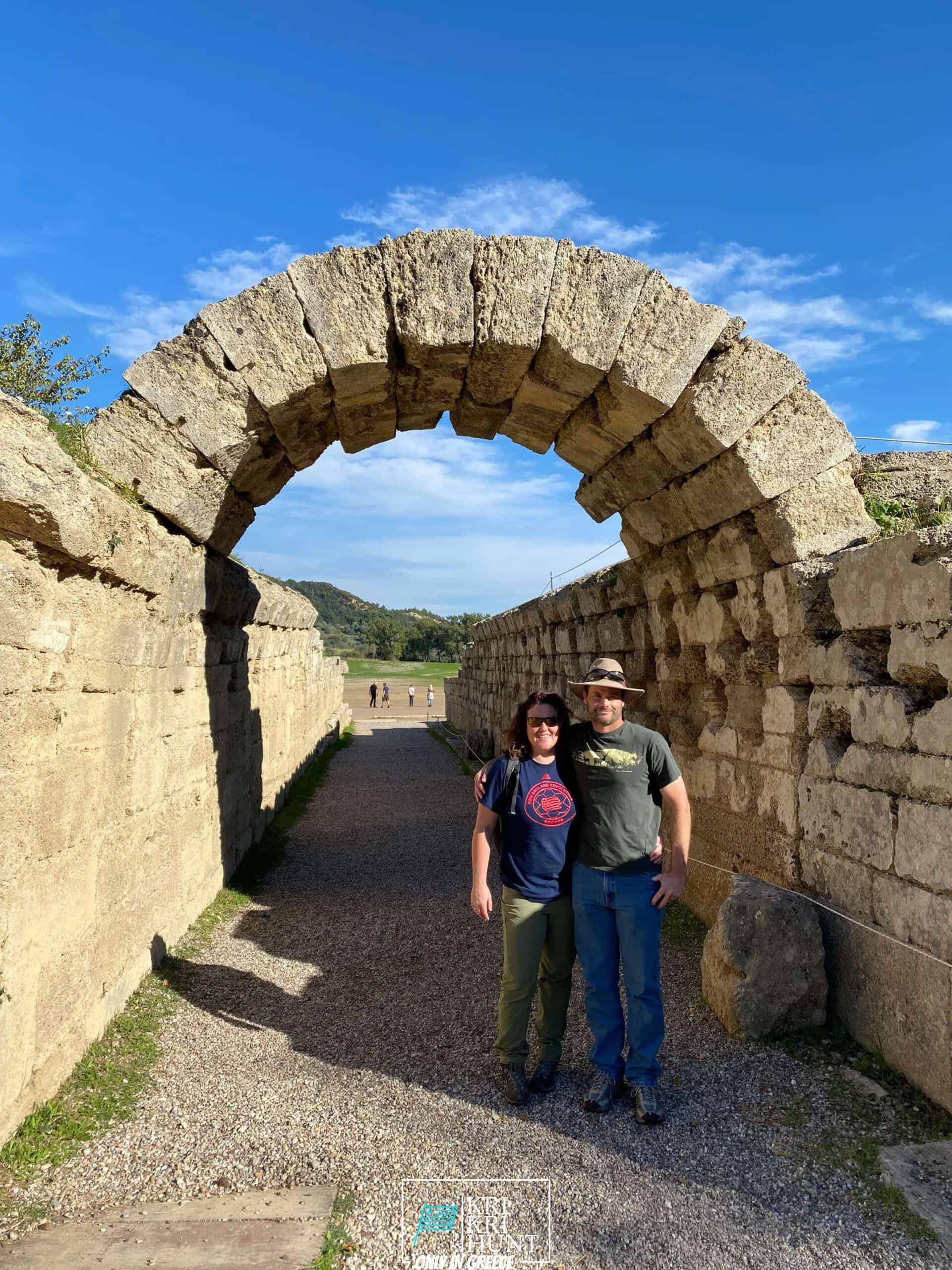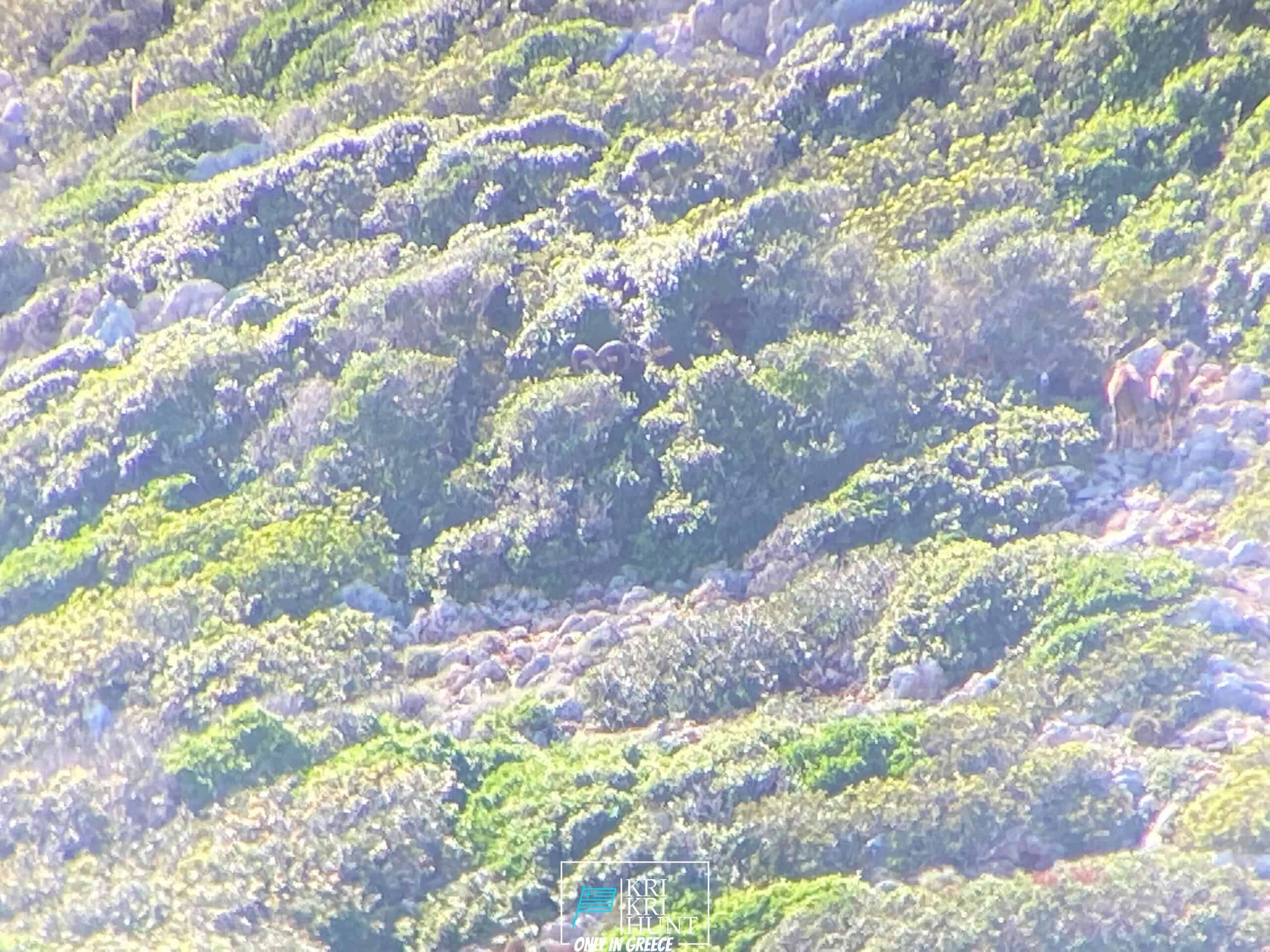
The ibex search is an extraordinary vacation and also interesting searching exploration in Greece. It is not always a hard search and also undesirable problems for the majority of seekers. What else would certainly you like to imagine throughout your tour of ancient Greece, diving to shipwrecks, as well as searching for Kri Kri ibex on an unique island for 5 days?

Hunting Kri-Kri Ibex on Sapientza Island is a tough however gratifying task. The ibex stay in tough, rough surface that can easily leave you without footwear after only 2 trips. Capturing a shotgun without optics can likewise be a challenging job. However, the hunt is well worth it as the ibex are some of one of the most stunning animals on the planet. Greece is a terrific country with a rich background and culture. There are lots of tourist opportunities readily available, including hiking, sightseeing and tour, and also naturally, searching. Greece supplies something for every person as well as is definitely worth a browse through.
What to Expect on a Peloponnese Tour? When you book among our hunting and also visiting Peloponnese Tours from Methoni, you can expect to be blown away by the natural appeal of the area. From the immaculate beaches to the hills as well as woodlands, there is something for every person to appreciate in the Peloponnese. In addition, you will have the opportunity to taste several of the best food that Greece has to supply. Greek cuisine is renowned for being scrumptious and also fresh, as well as you will definitely not be disappointed. Among the best parts regarding our tours is that they are made to be both fun as well as academic. You will certainly learn more about Greek background and also society while likewise getting to experience it firsthand. This is an outstanding chance to immerse on your own in everything that Greece needs to supply.
If you are looking for Kri Kri ibex quest and remarkable holiday destination, look no more than the Sapientza island in Greece. With its stunning all-natural beauty, tasty food, and also rich society, you will not be let down. Schedule among our searching as well as visiting Peloponnese Tours from Methoni today, dot forget your prize Kri Kri ibex!
What is the diference between Kri Kri ibex, Bezoar ibex and hybrid ibex
The kri-kri is not thought to be indigenous to Crete, most likely having been imported to the island during the time of the Minoan civilization. Nevertheless, it is found nowhere else and is therefore endemic to Crete. It was common throughout the Aegean but the peaks of the 8,000 ft (2,400 m) White Mountains of Western Crete are their last strongholds–particularly a series of almost vertical 3,000 ft (900 m) cliffs called ‘the Untrodden’—at the head of the Samaria Gorge. This mountain range, which hosts another 14 endemic animal species, is protected as a UNESCO Biosphere Reserve. In total, their range extends to the White Mountains, the Samaria National Forest and the islets of Dia, Thodorou, and Agii Pandes.
This Ibex is NOT a diminutive form of the Bezoar Ibex, which has migrated into the western-most reach of the range of this species. The kri – kri (Capra aegagrus cretica), sometimes called the Cretan goat, Agrimi, or Cretan Ibex, is a feral goat inhabiting the Eastern Mediterranean, previously considered a subspecies of wild goat. The kri-kri has a light brownish coat with a darker band around its neck. It has two horns that sweep back from the head. In the wild they are shy and avoid tourists, resting during the day. The animal can leap some distance or climb seemingly sheer cliffs.
“The agrimi goat Capra aegagrus cretica is unique to Crete and its offshore islands. It has been identi®ed as a sub-species of the wild bezoar goat Capra aegagrus aegagrus Erxleben, 1777, which it closely resembles in horn shape, body form and coloration. This classi®cation has been disputed by some researchers who claim that the agrimi are feral goats, derived from early domestic stock brought to the island by the ®rst Neolithic settlers. In order to clarify this issue, DNA analyses (cytochrome b and D loop sequences) were carried out on tissue of live and skeletonized agrimi and compared to sequences of wild and domestic caprines. Results conclusively show the agrimi to be a feral animal, that clades with domestic goats (Capra hircus) rather than with wild Asiatic bezoar. This study demonstrates that morphometric criteria do not necessarily re¯ect genetic af®nities, and that the taxonomic classi®cation of agrimi should be revised.”